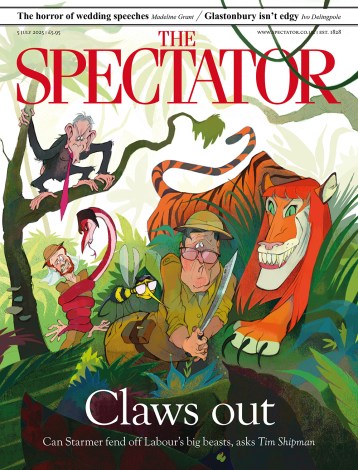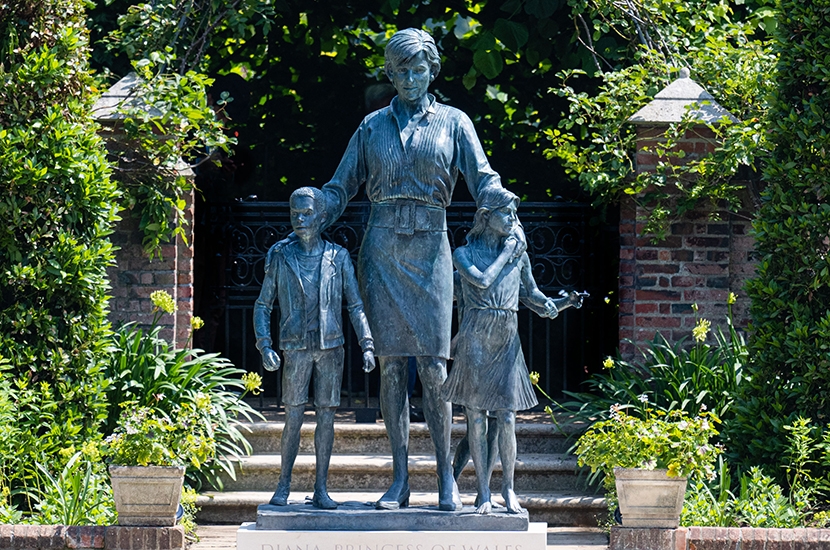The recently unveiled funerary monument of Princess Diana prompts comparison with Greek and Roman archetypes.
To many, Diana was a heroic figure. Greek sculptors represented females as dignified figures, intricately coiffed, in graceful, loose-fitting, free-flowing tunics and ankle-length cloaks, with contrasting vertical and diagonal folds. Males were nude, a public statement of power and physical perfection, as if human significance did not end in death. Both were idealised figures, illustrating character and quality, not likeness. There is no hint of heroic ideals in this Diana, dressed presumably as a nursery teaching assistant.
She does not even look like Diana, an attractive, delicate-featured woman. For Romans, in contrast to Greeks, likeness was of the highest importance, since only thus could a strong sense of personality emerge and the real memory of the dead be perpetuated. That said, however, they were not especially interested in the rapport between head and body. There was in fact a trade in sculpted body-types, with a hole between the shoulders, in which any head could be inserted. As a result, one comes across magnificently muscled bodies with aged, wizened old men’s heads plonked on top.
There are even absurd funerary statues of naked women, based on Praxiteles’ infamous nude Aphrodite, topped with matronly head and crimped hair style. Be thankful that Maggi Hambling (remember her Mary Wollstonecraft?) was not entrusted with this commission.
As for the three neatly dressed and well-groomed children standing absently around her, gesturing vaguely, these are a sad substitute for what they could not be, but Romans would have made of them — her family. Diana does not seem particularly interested in them, nor they in her.
All in all, there is no sense of a special presence, or of what made her for so many such a loved and admired figure. But if this statue represents for Princes William and Harry how they think, in the words of the clumsy accompanying poem, ‘she played her God-given part’, so be it. What will archaeologists make of it in 2,000 years’ time?






Comments